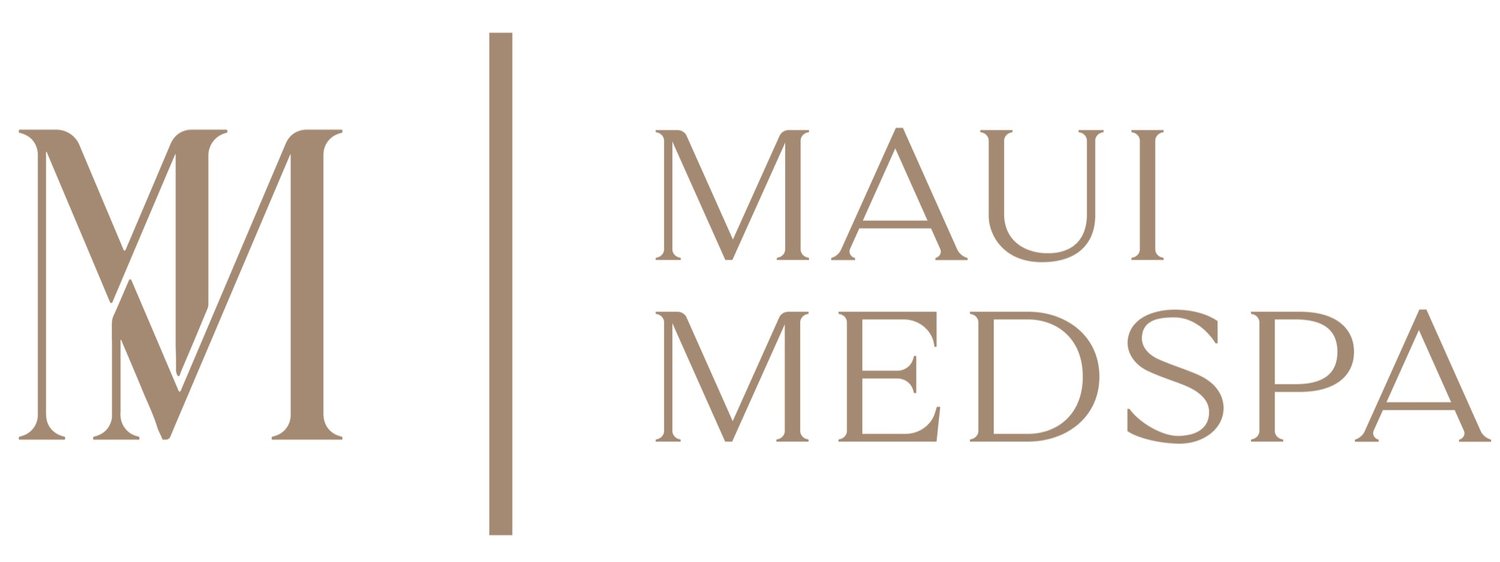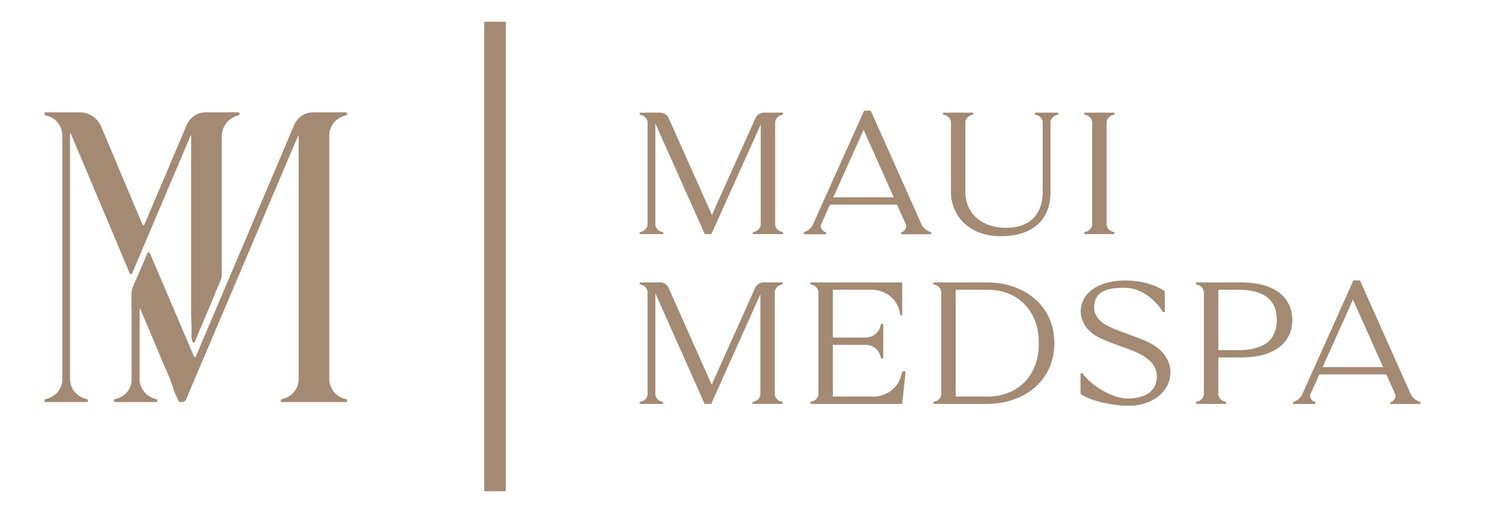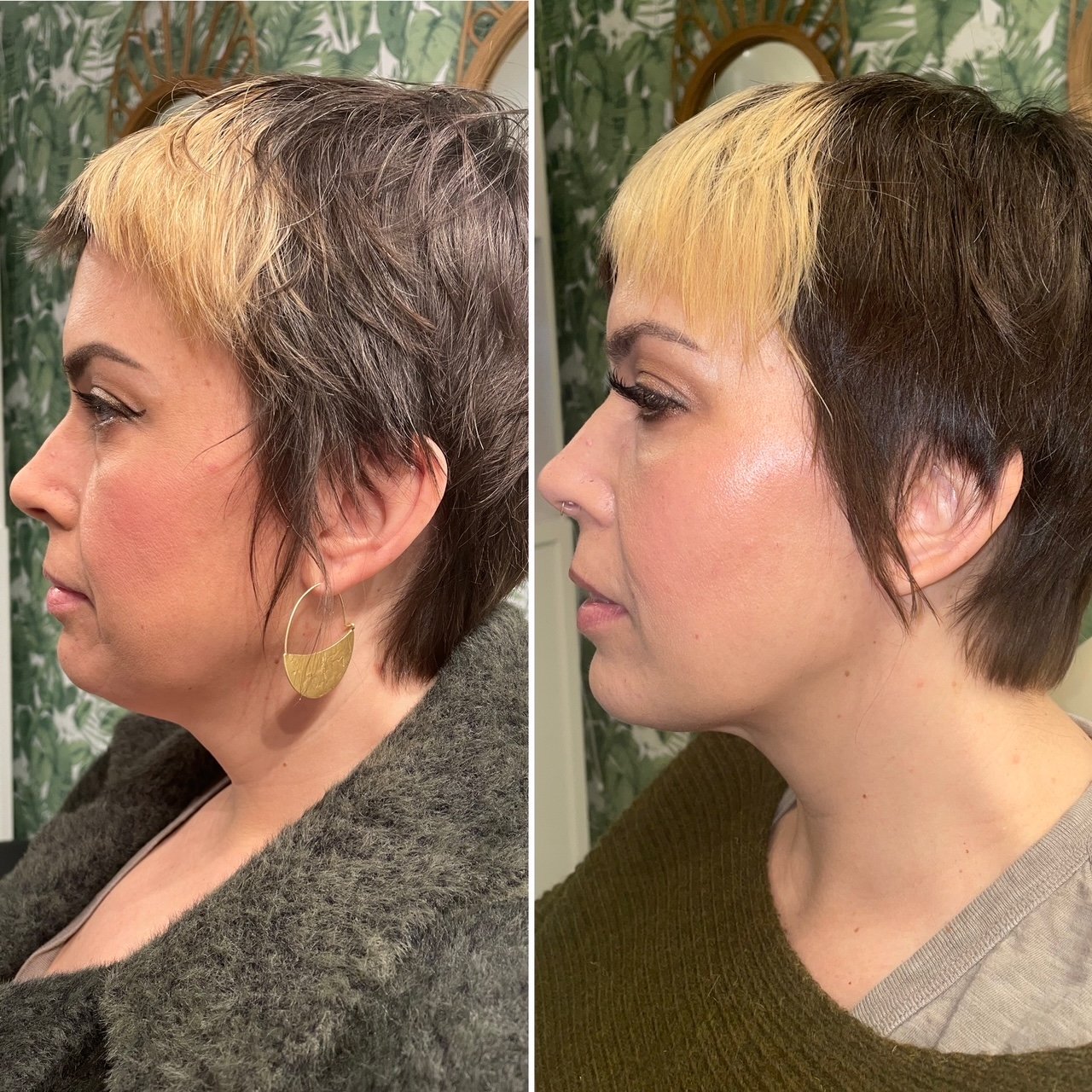Double Chin No More: How Kybella and Lipodissolve Can Change Your Profile
Submental fat, most commonly referred to as the "double chin", is a very common issue, and a one we address frequently at our clinics here in Austin. We actually enjoy the “double chin” as it is one of the more straightforward complaints to address!
This submental fat is normal, and is present in every person, but for some people it is more than they would like. It is sometimes associated with weight gain, but other reasons such as genetics or aging can play a role. Let’s talk about the three kinds of chins that people get treated with Kybella or Lipodissolve.
Genetic: The most common reason for a full, or “double chin”, is genetics. Basically, it is just how you were made! When we are developing and growing as children, the number of fat cells, and their distribution, is coded into our genetics. The number of fat cells in your submental fat compartment is programmed for you, and some have more than others.
Weight Gain: Weight gain is also another good reason for a double chin. When people gain weight, they actually do not make new fat cells. The fat cells they already have just get bigger. This means that you may not have had a double chin at a certain weight, but with weight gain, the fat in your submental area increased in size. This can also be addressed with Kybella and Lipodissolve, but also can be addressed more effectively with weight loss.
Aging: As people age, the skin and underlying connections that hold the fat compartments firm start to become looser. This can cause even a previously small submental fat pad to start to appear like a double chin. If this is the case, Kybella and Lipdodissolve are NOT a good option, as it can actually make the skin sag more.
So, how do we get rid of a double chin?
We offer fat dissolving injections called Kybella or Lipodissolve. Fat-dissolving injections? Sounds too good to be true, right? Well, it's very true and we will explain the whole process to help answer your questions and concerns.
Let's start with the actual medication being used-deoxycholic acid. This is a substance that naturally occurs in our body to help break down the fat we ingest. When injected into subcutaneous fat (fat under the skin), it works by destroying fat cells. The fat cells are then cleared by the body, and are permanently removed.
What is the difference between Kybella and Lipodissolve?
This is a great question! Kybella is a brand from Allergan, and the medication in a Kybella injection is pure deoxycholic acid. Lipodissolve is the name for compounded deoxycholic acid/phosphatidyl choline. By adding phosphatidyl choline to deoxycholic acid, it allows for deoxycholic acid to more freely moves into fat cells, thereby making it more effective.
The Process
Our nurse injectors are highly experienced and have performed hundreds of Kybella treatments. They are here to make the treatment as comfortable and quick as possible.
We first start by marking the borders of your submental fat pad with a washable marker. This ensures we know where the borders are so that all medicine goes where it should go. We next mark out intended injections sites in a grid formation. Lastly, we inject the deoxycholic acid into the section of fat under the chin. It usually requires between 15-20 small injections, which sounds like a lot, but we numb the area with topical and the entire procedure is fairly quick.
WHAT TO EXPECT during a kybella treatment
You can expect burning right after injection for about 15-20 minutes. Most patients describe this as a fire ant feeling. While discomfort is reported, it is a temporary feeling and can be managed with ice that we give you in office. We also provide over-the-counter pain medication for your car ride home.
Next, you can expect swelling for a week or so afterward. Patients have related the swelling to the appearance of a bullfrog. Some patients also report an achy feeling in their throat or tongue. This is also to be expected as the inflammation from the swelling can cause discomfort in the muscles around the area.
Cue the trendy neck scarfs and high neck tops that can be your ‘go-to’ wardrobe choice in the two weeks after treatment!
As Kybella works by first destroying fat cells, and the allowing your body to clear this fat, full results will be seen 6 weeks later.
For best results, most patients will need at least two-three treatments. Although some people find great results from just two, done 4-6 weeks apart.
kybella AFTER-CARE
You can ice the treated area for the following 24 hours post injections according to the level of discomfort. Place the icepack for 20 minutes under the chin and then off for 20 minutes. You can also take over the counter Ibuprofen or Tylenol, whichever works best for you. You can apply Arnica gel to the treated area to help decrease swelling, bruising, and discomfort. This after-care tip is also great for other injections.
RESULTS
Results are gradual over a 4-6 week time period. Targeted fat cells will usually be removed during those 4-6 weeks, which is when you will begin seeing a noticeable result and difference to your profile.
Individual results will of course vary, and discussion of if a series of sessions are needed will be evaluated at your initial consultation or your follow-up appointment post-procedure.
how much does kybella cost?
It is $600 per vial of Kybella (average two per session, $1,200) or $349 per session for Lipodissolve. Usually, people will prefer 2-3 treatments under the chin or jowls for maximum effect
LIPODISSOLVE VS. KYBELLA?
Unsure of which non-surgical treatment is best for you? Contact us at Maui Medspa for a free consultation with one of our nurse injectors. We will ensure you acheive the exact results you are looking for. Call us at (737) 240-2212 or visit one of our two locations located in North and Central Austin, TX.




